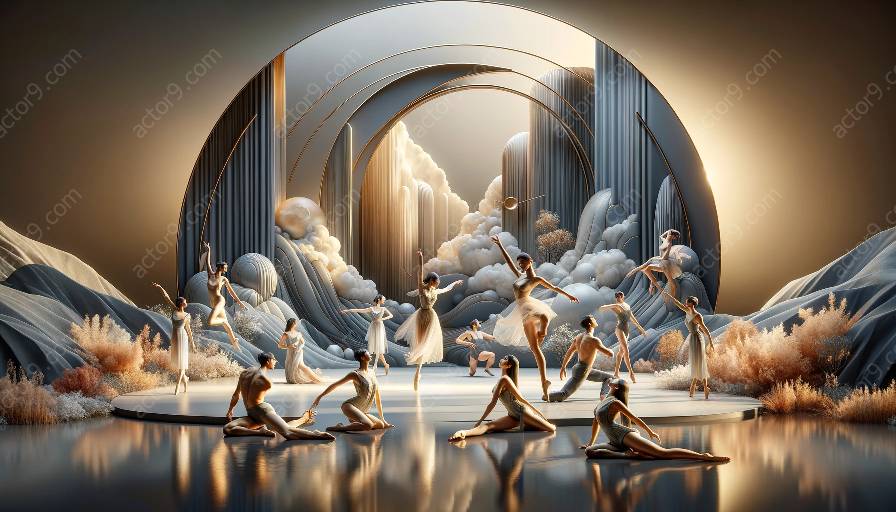Physical theatre is a captivating and dynamic art form that blends drama, movement, and expression. It relies on the body as the primary means of storytelling, creating powerful narratives through movement and gesture. Understanding the fundamental principles of physical theatre techniques is essential for performers, directors, and enthusiasts alike, as it forms the bedrock of this expressive art form.
Physical theatre transcends linguistic barriers and engages the audience on a primal level, often evoking visceral and emotional responses. This article aims to delve into the key elements of drama in physical theatre, exploring how they intersect to create compelling performances. Through a comprehensive exploration of the fundamental principles, we will gain a deeper understanding of the intricacies of physical theatre and its profound impact on the audience.
Key Elements of Drama in Physical Theatre
Moments of Tension and Release: Physical theatre relies on the interplay of tension and release to convey emotions and narratives. Performers use their bodies to create moments of heightened tension, followed by cathartic release, drawing the audience into the emotional journey of the performance.
Physical Expression: Unlike traditional theatre, physical theatre places a primary focus on the physical expression of emotions and narratives. Movements, gestures, and body language become the language through which the story is told, requiring performers to master the art of physical expression.
Use of Space: The spatial dynamics of physical theatre are crucial in shaping performances. Performers often manipulate the performance space to convey meaning and create immersive experiences for the audience.
Rhythmic Patterning: Physical theatre often incorporates rhythmic patterns and motifs to underscore the emotional and narrative beats of a performance. This adds a layer of musicality and synchronicity to the storytelling process.
Fundamental Principles of Physical Theatre Techniques
Presence and Awareness: The fundamental principle of physical theatre techniques revolves around cultivating a deep sense of presence and awareness. Performers must be attuned to their bodies, emotions, and surroundings, allowing them to inhabit the performance space fully and connect with the audience.
Embodiment of Character: In physical theatre, the body becomes the primary tool for embodying characters and personas. Performers must master the art of physical transformation, seamlessly transitioning between roles through nuanced physicality and presence.
Physical Training and Conditioning: Physical theatre demands a high level of physical prowess and conditioning. Performers engage in rigorous training to develop strength, flexibility, and endurance, allowing them to execute demanding choreography and movements with precision and grace.
Exploration of Mime and Gesture: Mime and gesture form integral parts of physical theatre techniques. Performers use these tools to convey complex emotions, narratives, and concepts without the use of dialogue, honing their ability to communicate through nuanced physical expression.
Collaborative Ensemble Work: Physical theatre often thrives on ensemble-based collaboration, requiring performers to work cohesively and synergistically to create cohesive and compelling performances.
Practical Application of Physical Theatre Techniques
Understanding the fundamental principles of physical theatre techniques is crucial for their practical application in performances. By mastering these principles, performers and directors can create impactful and evocative works that resonate with audiences. Through comprehensive training, rehearsal, and exploration, physical theatre techniques come to life on stage, inviting audiences into a world of mesmerizing physical storytelling.
Overall, the fundamental principles of physical theatre techniques embody a rich tapestry of physicality, emotion, and narrative, providing a platform for profound artistic expression. By delving into these principles and exploring their practical application, performers and enthusiasts can unlock the transformative power of physical theatre and create enduring works that captivate and inspire.




































